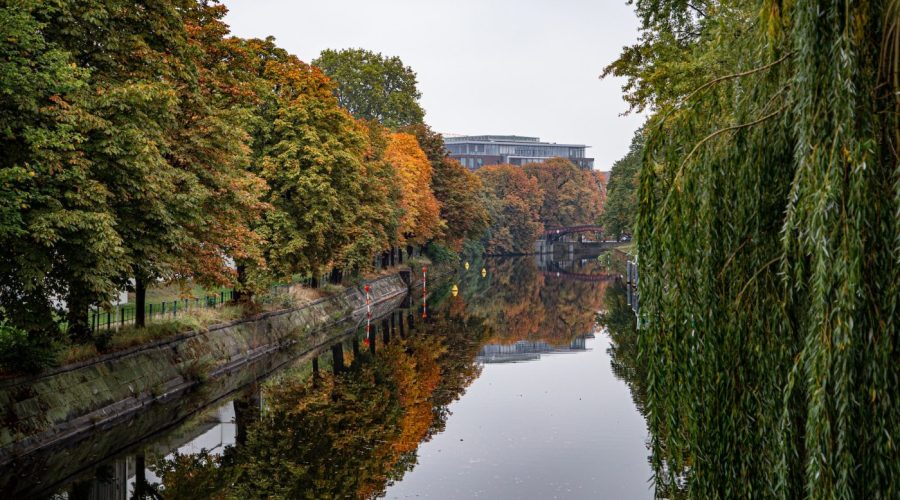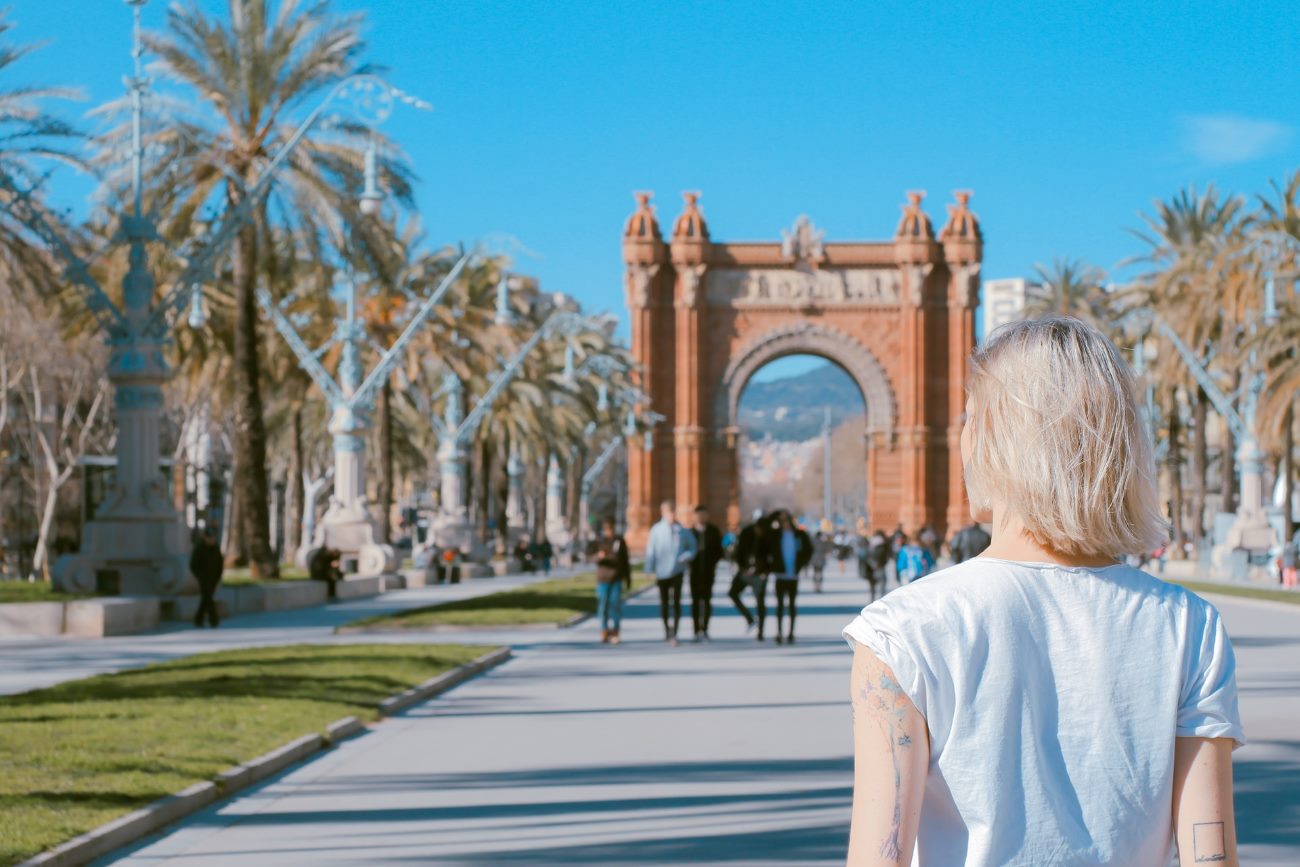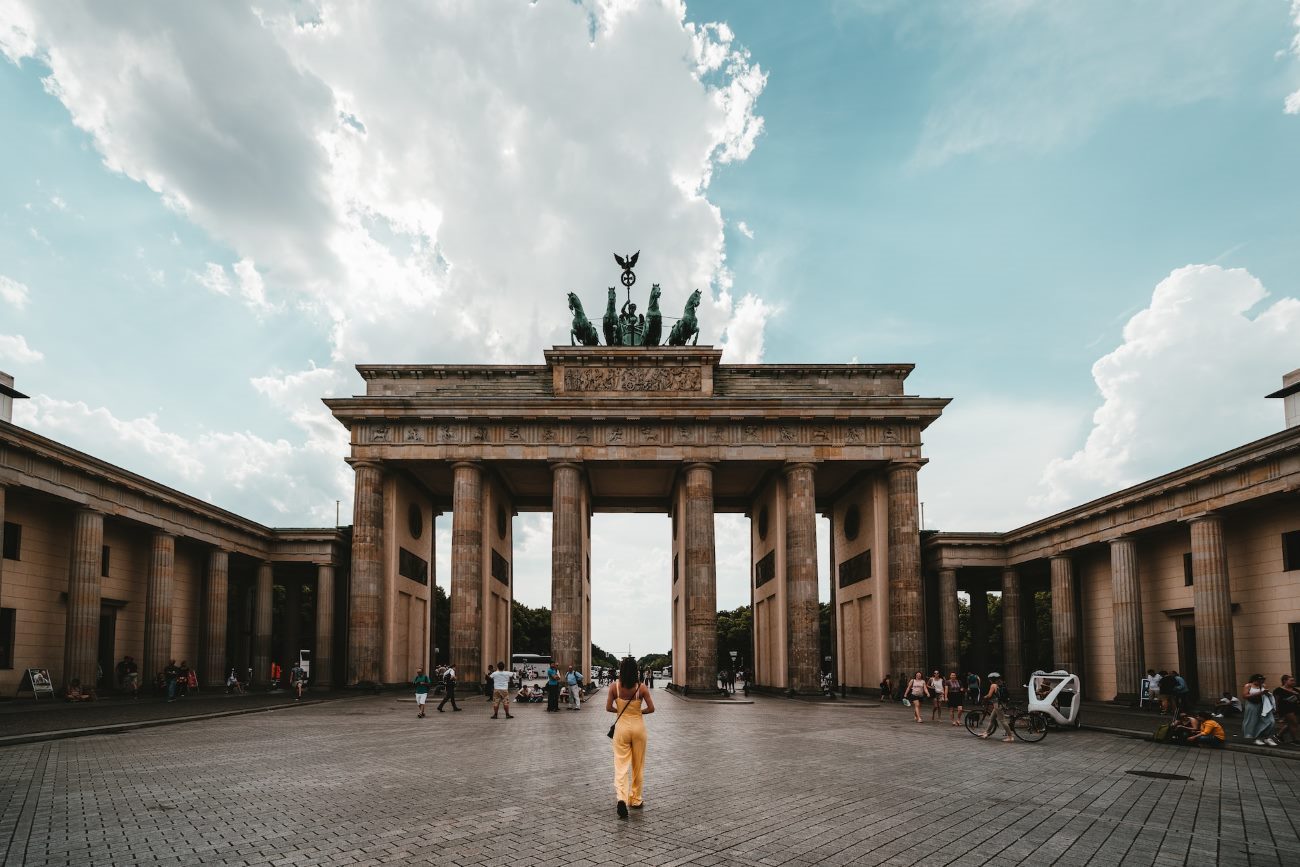What should you know about Berlin’s modern architecture?
Welcome to Beuerling, a hotspot of culture & rich on history. While Berlin is normally connected with its. In this tour we will take you on the stroll through some of the some of the most famous modern architecture in Berlin, showing up all the transmutation of the city into a center of design, architecture for modernistic Berlin.
The Sony Center
The visit will start from Sony Center in Potsdamer Platz. This futuristic building a symbol of Berlin’s post reunification rebirth is the brain child of architect Helmut Jahn. The Sony Center is an architectural gem from the perspective of modernism, in this space where the commercial space and leisure space is perfectly integrated. Its remarkable glass roof brings about a wide, open forum, for customers to gain entrance to shops, restaurants and cinemas, as well as live concerts.
The Reichstag Building
No travel to modern Berlin is complete without a stop at the Reichstag Building. Renovated architect Norman Foster in the late 1990s this historic building combines some of the elements of history and modern architecture. The most impressive feature of the building is its beautiful glass dome with a 360° view of the city. Ensure to pre-arrange an appointment so as to get the coup de grâce out of this architectural jewel.
The East Side Gallery
As we keep moving along our tour, we come to East Side Gallery, a one and a half kilometers stretch of the Berlin Wall which has been converted into the world’s largest open air gallery. This is a huge collection of works of art from murals hand created by artists international. This outdoor gallery functions as a type of history lesson and a reminder of the fight for freedom in Berlin.
The Bauhaus Archive
Then we continue to visit – the Bauhaus Archive, dedicated to one of the most influential design and art school in the 20th century. The building conceived by architect Walter Gropius reflects the principles of Bauhaus architecture – simplicity and functionality – in that. Inside you will find an impressive overview of artworks, furniture, design objects, to reflect the spirit of the Bauhaus movement.
The Jewish Museum Berlin
Our tour finishes at the Jewish Museum Berlin, a building by Daniel Libeskind. The museum’s distinctive zinc coat, its staccato, overlapping interior spaces are an imitation of loss and disorientation, encapsulating the history of the Jewish culture in Germany. Go through the museum and you’ll have a glimpse of the numerous aspects of Jewish history, art and culture.
Tips for Your Walking Tour
- Wear comfortable shoes. Berlin is a size that can be comfortably walked; and you will need sturdy shoes for viewing some of these sights.
- Consider joining a guided tour. Having a knowledgeable guide can offer you more information and background information as well as you make your way through your journey.
- Check opening hours in advance. Es gibt einige Ziele, die begrenzt zugänglich oder reservierbar sind, planen Sie entsprechend.
- Bring a camera. You would want to take pictures for the unique designs as well as the magnificent structures during your tour.
- Take breaks and seep in the view. By the way, Berlin doesn’t only get praised for its shopper friendly shopping alleys, but is also famous for its numerous parks and green areas – so don’t forget to take a nap and enjoy the laid-back spirit of this vibrant metropolis.
Having gotten an introduction to Vậy modern architecture in Berlin, now it is time to go exploring on your own walk. Learn about the city’s modern design and what inspired shapers of the city built into these architectural wonders. Enjoy your journey through Berlin!
Table of Contents



